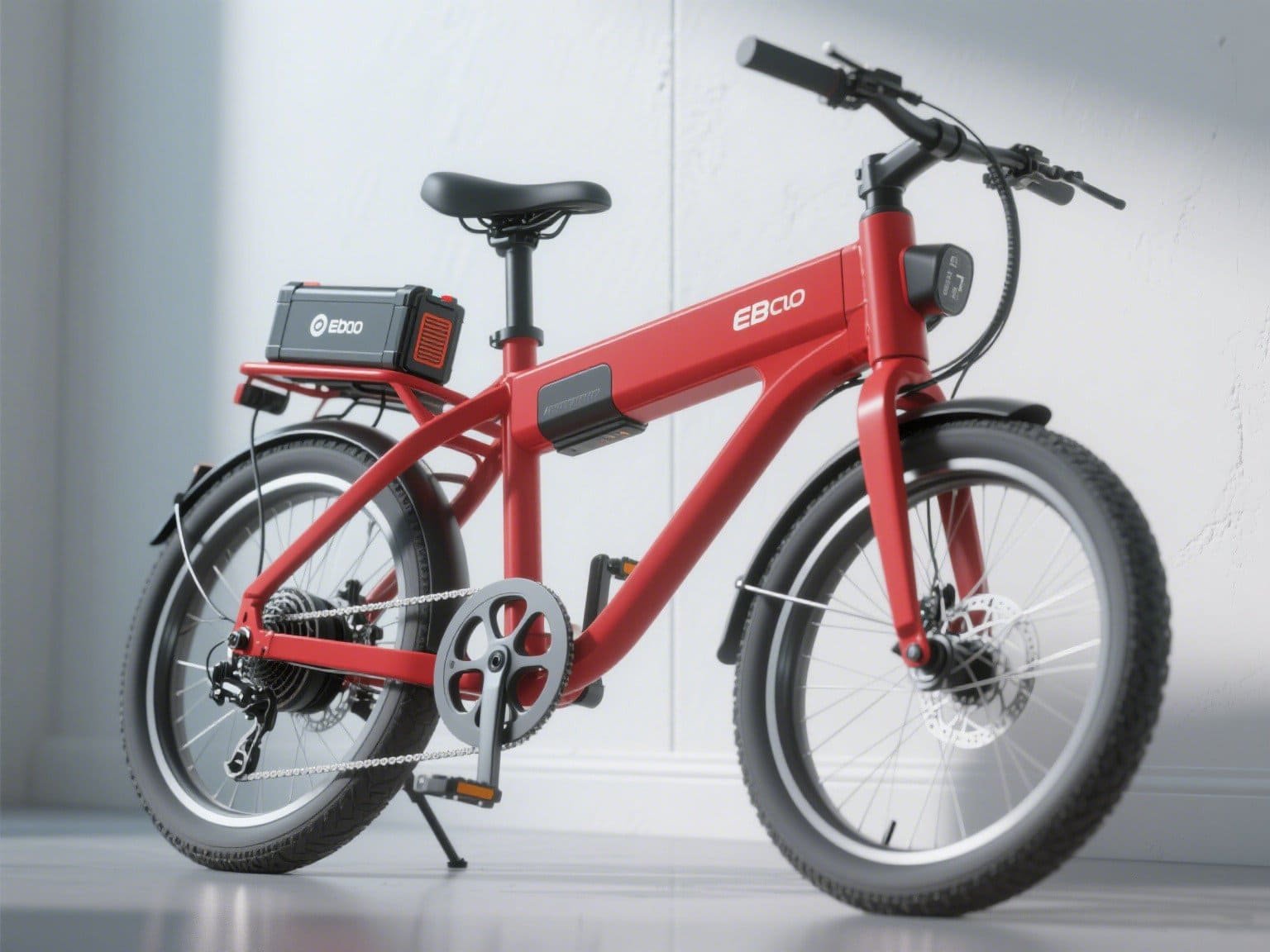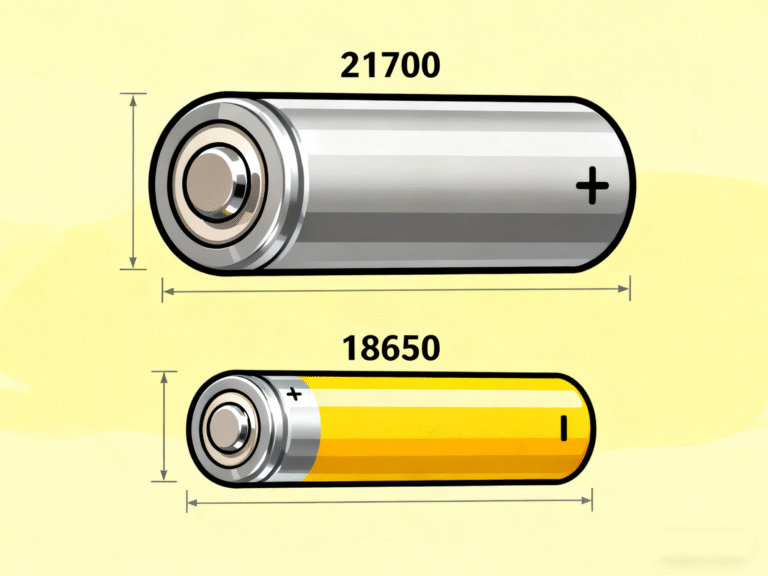배터리는 전기 자전거(E-Bike)의 핵심 부품으로 주행 거리, 전력, 안전에 직접적인 영향을 미칩니다. 시중에는 다양한 옵션이 있어 올바른 배터리를 선택하기가 어려울 수 있습니다. 이 가이드에서는 주행 거리, 안전성, 호환성, 수명 등 주요 요소를 세분화하여 선택에 도움을 드리고자 합니다. 최고의 전기자전거 배터리.
1. 범위: 실제 마일리지는 어떻게 계산하나요?
전기 자전거의 주행 가능 거리는 배터리 용량(Ah)과 전압(V)에 따라 다르지만 실제 성능은 라이딩 스타일, 지형, 모터 출력에 따라 달라집니다.
주요 지표:
전압(V): 공통 옵션: 36V, 48V, 52V. 더 높은 전압 = 더 많은 전력(언덕/화물에 이상적).
용량(Ah): 이론적 범위를 결정합니다(예: 48V 20Ah ≈ 50-62마일/80-100km(평지 지형)).
와트시(Wh): 보다 정확한 범위 예측:
Wh = V × Ah
(예: 48V × 20Ah = 960Wh ≈ 64-96km(km당 10-15Wh 사용 시).
구매 팁:
통근(30~50km): 48V 15Ah(~720Wh).
장거리 라이딩(80-120km): 52V 20Ah(~1040Wh).
언덕/화물: 더 높은 전압(52V+)을 선택하세요.

2. 안전: 배터리 화재를 피하는 방법?
저가 배터리는 과열, 합선 또는 폭발의 위험이 있습니다. 우선순위를 정하세요:
배터리 관리 시스템(BMS): 과충전/과방전을 방지합니다.
세포 화학:
NMC: 높은 에너지 밀도(더 가벼운 무게).
LiFePO4: 더 안전하고 수명이 길어졌습니다(2,000회 이상).
IP 등급: IP65+ 방수/방진 등급.
인증: UL, CE, UN38.3을 찾아보세요.
위험 신호:
이름 없는 브랜드(재활용 셀을 사용할 수 있음).
BMS 누락(과다 청구 위험).
3. 호환성: 전기 자전거와 잘 맞나요?
체크리스트:
전압 일치: 모터와 일치해야 합니다(예: 48V 컨트롤러의 경우 48V 배터리).
커넥터 유형: 공통: XT60, Anderson.
신체 적합성: 자전거의 배터리 수납공간을 측정하세요.
전문가 팁:
자전거 모델에 대해서는 판매자에게 문의하세요.
향후 업그레이드를 위해 모듈형 배터리를 고려하세요.
4. 수명 및 가치: 배터리 수명을 극대화하는 방법은 무엇인가요?
장수에 영향을 미치는 요인은 무엇인가요?
충전 주기: 고품질 배터리는 800~1,200회(80%+ 용량 유지) 지속됩니다.
사용 습관: 20% 이하로 배수하지 마세요.
온도: 극심한 더위(>45°C) 또는 추위(<0°C)는 성능을 저하시킵니다.
유지 관리 팁:
OEM 또는 인증된 충전기를 사용하세요.
사용하지 않을 경우 60-80% 충전 상태로 보관하세요.
겨울 라이딩용: 열선 배터리를 선택하세요.
- 구매를 위한 최종 체크리스트:
- 필요량을 계산합니다(예: 48V 20Ah ≈ 100km).
- 안전 최우선: BMS + LiFePO4 + IP65 + 인증.
- 호환성(전압/커넥터/크기)을 확인합니다.
- 적절한 관리로 수명을 연장하세요.
업그레이드할 준비가 되셨나요?
🛒 추천 전기 자전거 배터리 쇼핑하기







